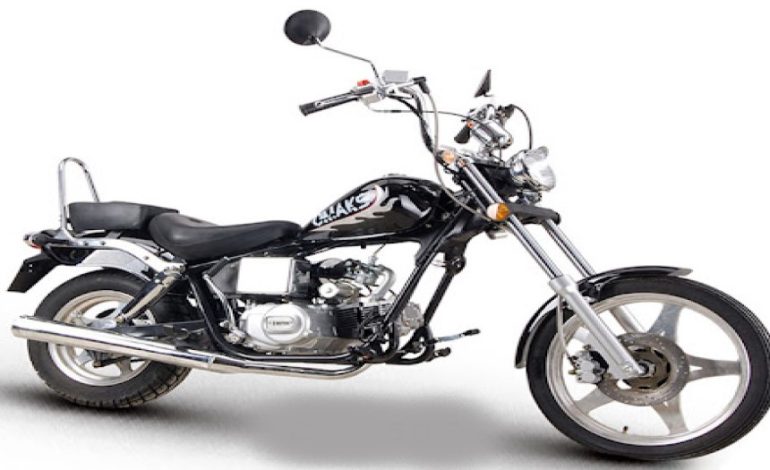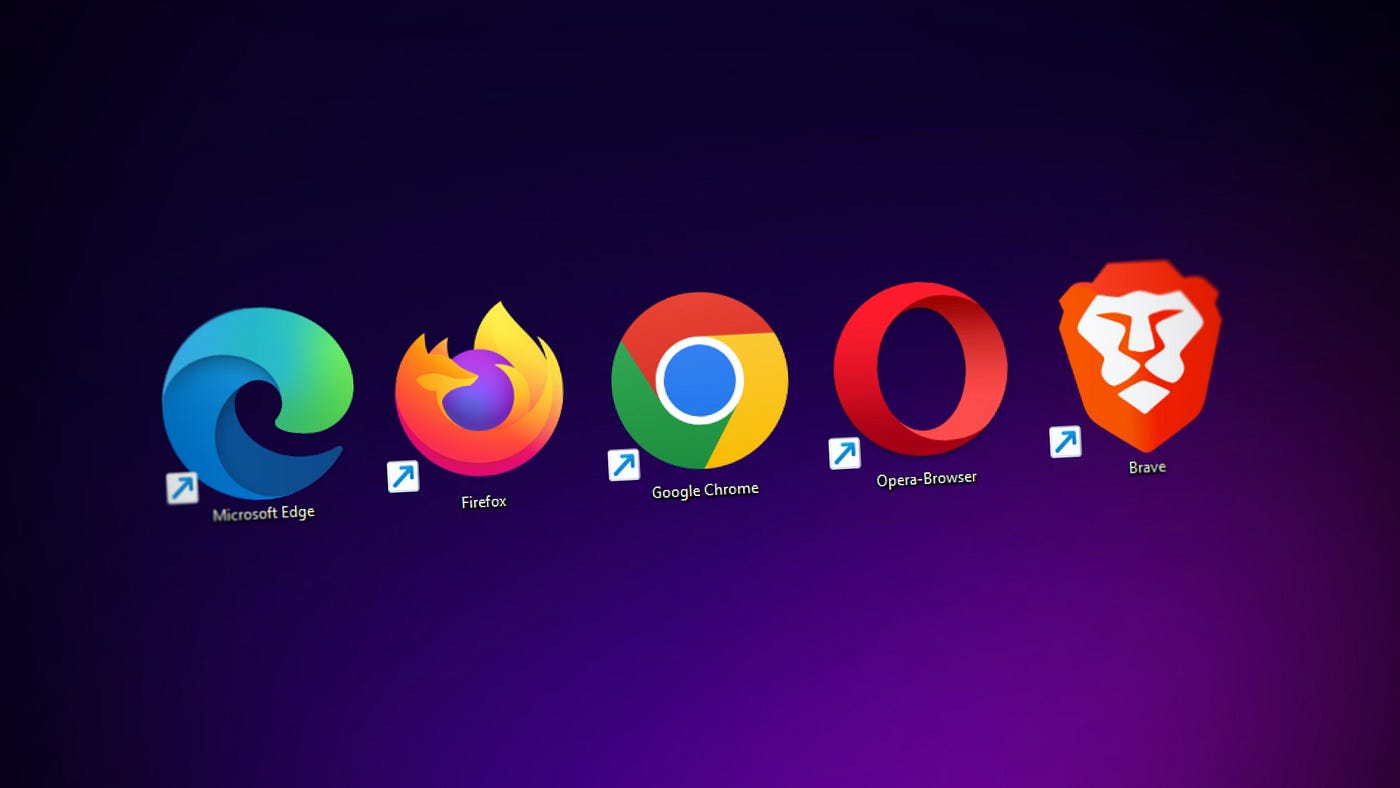
Digital technology is evolving all the time. As that evolution takes place, storage solutions become crucial. Having proper storage not only enhances accessibility and performance but efficiency as a whole.
While there are a ton of storage options to choose from, CFast cards may have been flying under your radar. Consider this your guide to CFast cards, what they are, how they relate to CF cards and the various benefits they can offer.
What is a CFast Card?
Even if you are quite familiar with computer memory options, there’s a decent chance you don’t know CFast. When it comes to data storage solutions, a CFast card (short for “CompactFast”) is essentially a high-performance memory card. It has been designed to handle professional-grade applications that require far faster read and write speeds than the average disc drive.
They are similar to CompactFlash (CF) cards but aren’t quite the same. You would find CFast cards primarily used in broadcasting, cinematography, and anywhere that high-resolution photography is required. CFast is also preferable where a faster, more reliable data transfer is absolutely necessary. Flash memory, which is non-volatile, is at the center and even retains data when power has been removed from the equation.
What are the Benefits of Using CFast Cards?
If the explanation of CFast cards was intriguing, then you are definitely going to want to know what the benefits of these cards are. As it turns out, there are more than a few to know about. Check out the major benefits of using CFast cards:
High-Resolution Media. CFast cards have basically been made for handling high-resolution media formats. Because of the faster data transfer speeds, photographers and cinematographers are capable of handling and storing up to 8K without any issues. When it comes to maintaining the integrity and quality of that high-definition content, CFast cards are unmatched.
Lightning-Fast Read and Write Speeds. Perhaps the most important advantage of using CFast cards is the drastically improved read-write speed capability. Compared to traditional storage cards, these are able to handle data-intensive tasks with no issue at all. Professionals are often working in a fast-paced environment and CFast cards are the key to keeping up. Shooting rapid burst images and high-resolution video is far easier thanks to the performance of CFast cards.
Better Workflow Efficiency. Because of the tremendous speed that CFast cards offer, workflows across several industries can be effectively streamlined. That swift data transfer means less time spent waiting around and more time focusing on the creative aspect. Better efficiency often means better productivity and better results.
CFast 2.0
Technology is advancing all the time. We have seen it in other areas of storage and data transfer, namely the evolution of USB technology. CFast cards are no different. CFast 2.0 is important because it will bring about even faster speeds as well as enhanced features that the initial incarnation of CFast did not offer.
Read speeds exceed 600MB/s. Write speeds exceed 500MB/s. For professionals who cannot risk performance or speed issues, CFast 2.0 is definitely the way to go. For professionals in the digital space, capturing, storing, and transferring high-resolution pictures and videos is a must.
Using CFast cards provides the kind of indispensable tool that any professional values. As the technology continues to evolve and grow, we will no doubt continue to see improved speeds, better reliability, and a greater capability of handling improving resolution quality. In the fast-paced world of cinematography and photography, there can be no compromise. By using CFast cards (and CFast 2.0), there will be no need to miss a single frame or second.



